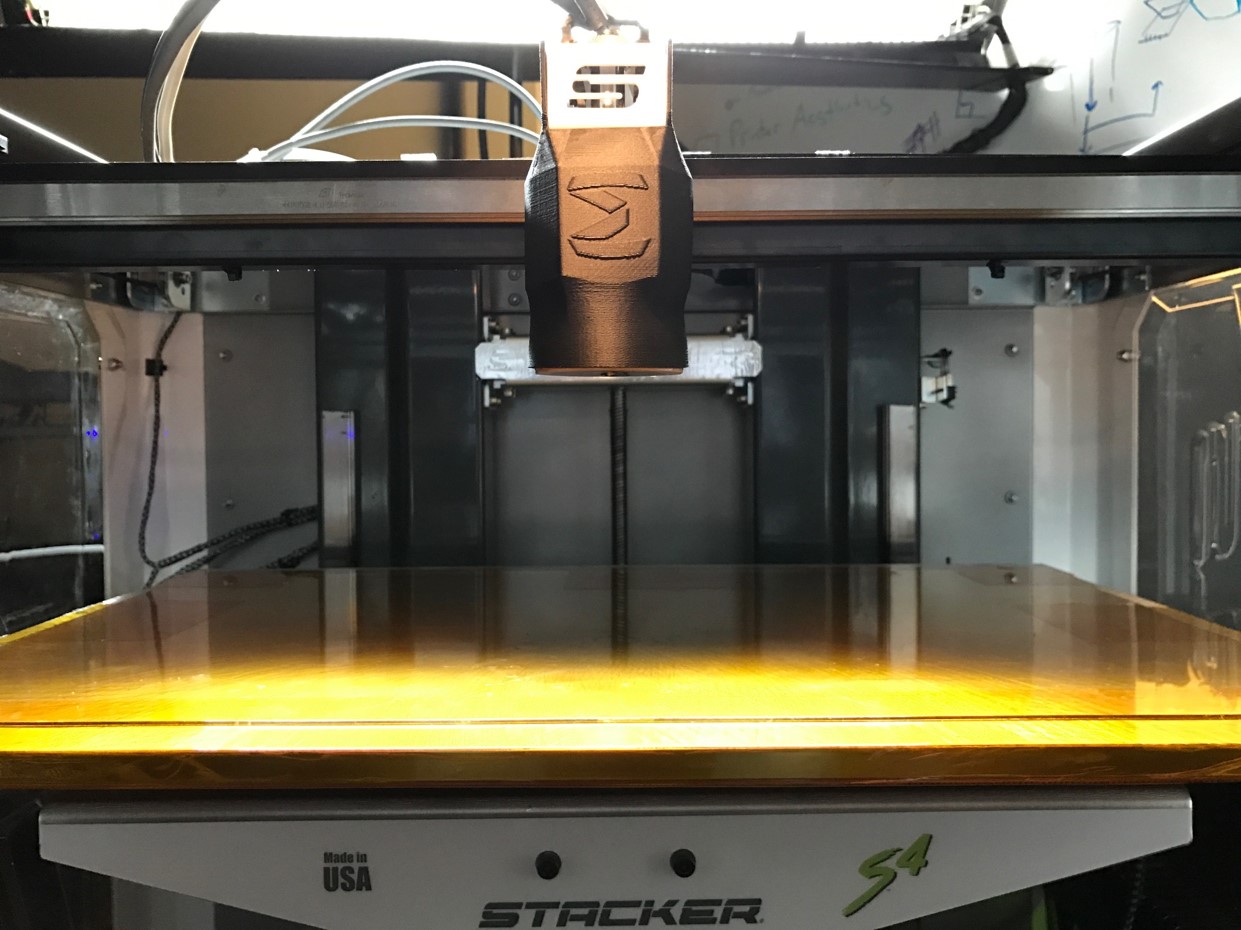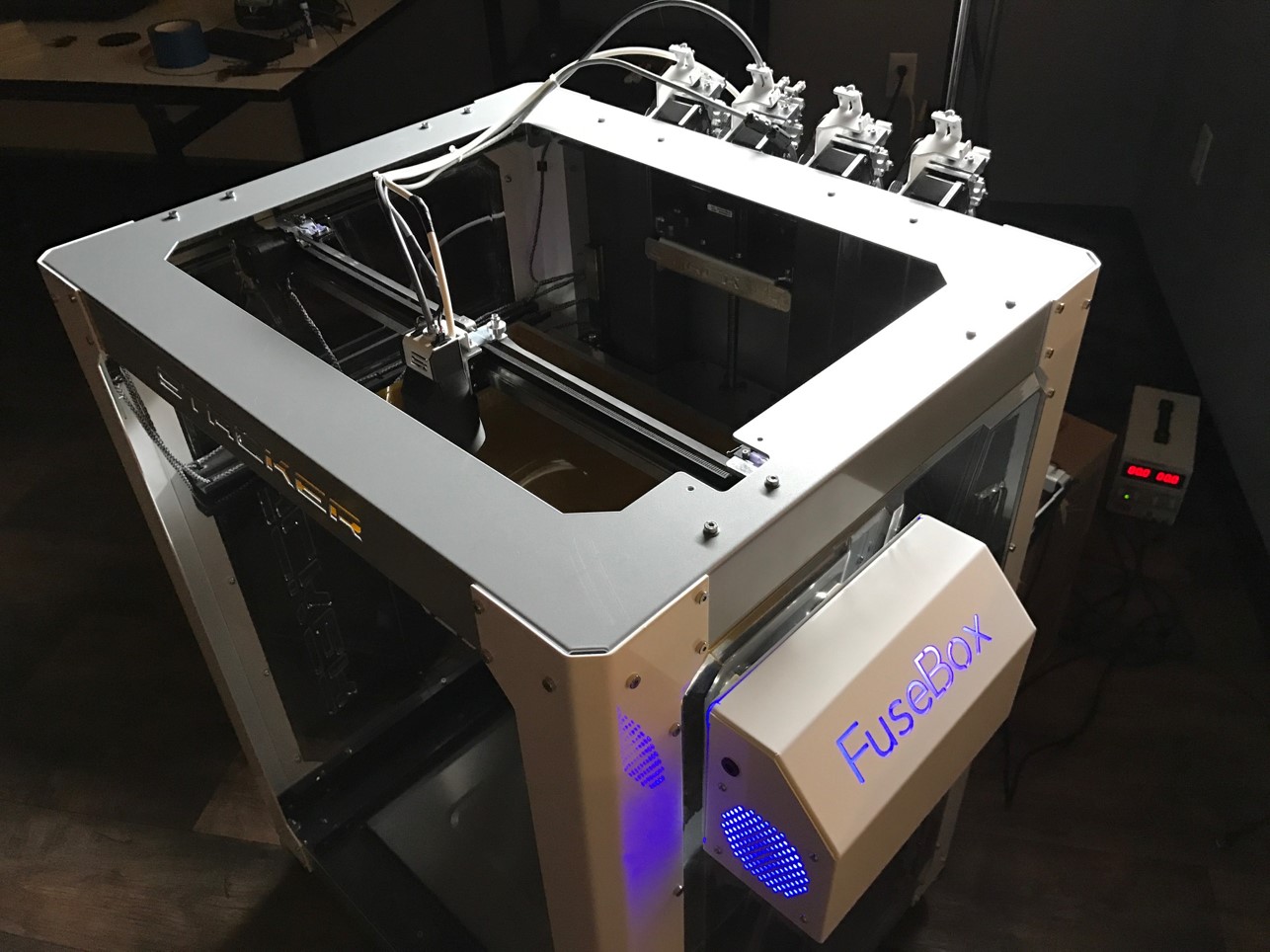German chemical company BASF, has announced a partnership with Texan 3D printing company Essentium to produce stronger plastic 3D printed parts.
BASF is the largest chemical producer in the world, while Essentium is the creator of the FDM electric welding process, FlashFuse™. Essentium is developing FlashFuse to enhance FFF/FDM printing with the use of nanoparticles and electric welding.
3D Printing Industry met with BASF during a recent visit to HP’s Corvalis site, where we learned more about how the materials specialist is advancing the use of additive manufacturing.
Increasing Z-strength
The FlashFuse process requires a FuseBox 3D printer add-on and FlashFuse filaments, and while the FlashFuse has not yet been released by Essentium this partnership may accelerate its release. Through the technology, Essentium aims to increase the Z-strength of 3D printed parts by improving inter-layer welding. Increased strength is enabled by the filament which has a coating of “energy-responsive carbon nanotubes.” The 3D printed part is subjected to electromagnetic energy which activates the nano materials and rapidly heats up the part, effectively molding the layers together.

Doubling strength
According to Essentium, this doubles the strength and provides an isotopic 3D printed part. Dr. Blake Teipel, Essentium’s President and CTO explains that “FlashFuse technology addresses one of the prevalent challenges for achieving isotropic 3D printed parts,” which is the molding of layers.
A number of companies in the 3D printing industry have been exploring the development of advanced materials for stronger 3D prints. Material companies such as Proto Pasta have been at the forefront of composite materials, which have been the subject of research from the Michigan Technological University.

Moving beyond the prototype phase
According to BASF, this partnership will look to “propel” the 3D printing of functional parts. The German company hopes to provide their chemical expertise,“to enable the creation of more robust parts for use in mass production leveraging fused filament fabrication (FFF) technology.”
The technique of FlashFuse has parallels with other recent 3D printing innovations from Desktop Metal and Markforged, in that all increasing the strength and versatility of what FDM was previously thought capable of. The two aforementioned companies are both developing 3D printing systems to produce metal 3D printed parts with the use of a sintering heat treatment process. Desktop Metal recently unveiled their first two 3D printers which included an FDM machine capable of 3D printing metal parts. Markforged is also currently developing their metal 3D printer which it believes will enable large-scale digital metal manufacturing.
Kara Noack, Head of BASF’s 3D-Printing branch in North America is similarly looking towards industrial use with the Essentium partnership. As she says,
BASF is committed to advancing 3D printing to the next level across all major additive manufacturing technologies. I am confident that our collaboration with Essentium will enable the creation of 3D printed functional parts and make the technology accessible to a broader range of industrial customers.
We’re looking forward to learning more about the FlashFuse process next week during RAPID.
The 3D Printing Industry Awards is now just weeks away, so make sure you place your votes to decide this year’s winners.
To receive the latest 3D printing news, sign up to our newsletter and follow us on twitter and Facebook.
Featured image shows Essentium materials development. Photo via Essentium Materials.



